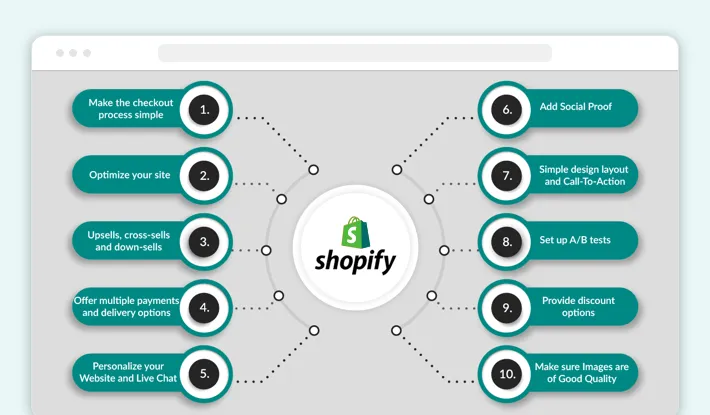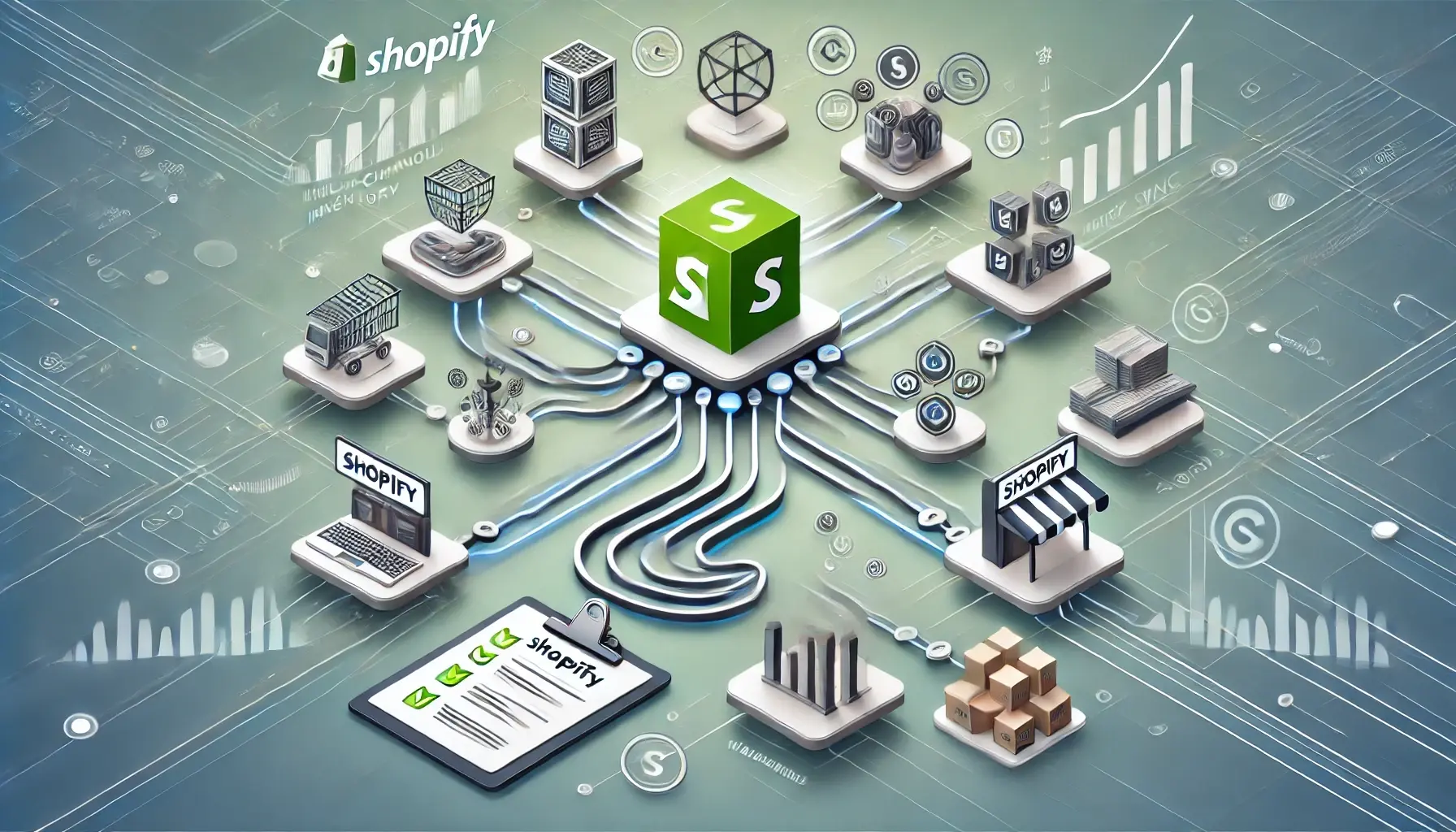Let’s be honest—running a Shopify store can feel like juggling flaming swords sometimes. One minute, you’re celebrating a sale, the next, you’re buried in orders, emails, and inventory headaches. Scaling up isn’t just about getting more traffic. It’s about making your operations run smoother than ever, without burning yourself out. That’s where automations, workflows, and multichannel strategies come into play.
Automations: The Secret Sauce
Think of automations like hiring a team of invisible helpers. They handle repetitive tasks while you focus on the big picture. Here’s the thing—most store owners wait until chaos hits before setting these up. Don’t. Scaling your Shopify store becomes much easier when these automations are in place from the start.
Order processing is a prime candidate. Instead of manually confirming orders and sending shipping notifications, use Shopify’s built-in automation or apps like Klaviyo or Shopify Flow. These tools can automatically update customers, tag VIP buyers, or even alert you if stock is running low.
And don’t stop there. Automate email marketing. A well-timed cart abandonment email can recover a sale you’d have lost otherwise. Plus, automated post-purchase follow-ups asking for reviews or suggesting complementary products are pure gold for increasing customer lifetime value.
Here’s something to think about: automations aren’t about removing the human touch—they’re about making it smarter. A friendly, personalized email that feels timely is better than a generic one you send manually and forget about.
Workflows: Streamlining Your Store
Automations are great, but without clear workflows, they’re like a bike without handlebars—you’ll go somewhere, but it’s not exactly controlled. A workflow is basically a map of your business processes.
Start with inventory management. Create a workflow for how products are added, stocked, and replenished. This prevents embarrassing “out of stock” messages and lost sales.
Then look at customer service workflows. Maybe every support ticket gets triaged automatically, tagged by issue type, and routed to the right team member—or in smaller stores, to the right “hat” you wear that day. A simple workflow here saves hours each week and keeps customers happy.
And don’t forget returns and refunds. If you make it seamless for both you and the customer, you’ll reduce friction—and return customers are often your best customers.

Multichannel Strategies: Don’t Put All Your Eggs in One Basket
Shopify itself is a great platform, but relying on just your store limits growth. Think multichannel—selling where your audience already hangs out. That might be Instagram, Facebook, Amazon, Etsy, or even Pinterest.
Here’s the deal: multichannel isn’t just listing your products elsewhere. It’s syncing inventory, orders, and messaging so you don’t accidentally sell something twice or ignore customer inquiries. Tools like Shopify Markets or Sellbrite make this way easier than it used to be.
Oh, and don’t forget about social commerce. Instagram Shopping and Facebook Shops let people buy without leaving the app. It’s like giving them a fast pass to checkout. Quick, convenient, and often impulsive—your sales can spike if done right.
Integrating Everything
Here’s the tricky part—automations, workflows, and multichannel strategies all need to play nice together. A customer buys via Instagram, receives an automated email, and your inventory updates instantly across channels. If one piece is off, you get angry emails, stock problems, and headaches.
Start small. Automate one process, test it. Build a workflow around it. Then slowly add more channels. Scaling isn’t a sprint—it’s more like climbing stairs while carrying groceries. One step at a time, with a little wobble, but eventually, you’re at the top without dropping everything.
Final Thoughts
Scaling a Shopify store isn’t magic, and it’s definitely not “set it and forget it.” It’s about creating systems that work even when you’re not glued to your dashboard. Automations save time. Workflows prevent chaos. Multichannel strategies expand reach. Together, they make scaling realistic, sustainable, and—dare I say—fun.
So, take a deep breath. Start with one automation, sketch out one workflow, add one new channel. Watch your store grow without turning you into a stressed-out hamster on a wheel. You’ve got this.

